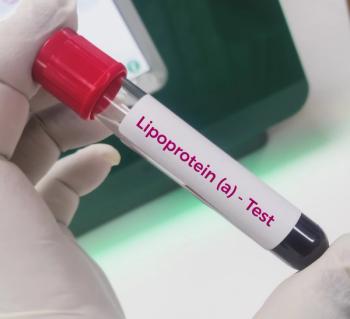
Closing Care Gaps: Chart Chasing Has Become Obsolete
For far too long, chart chasing was the best method health plans had to improve HEDIS® measures and Medicare Star ratings. Now, there is a better way.
Albeit a much smaller village now than in recent years. After all, it was not that long ago when ‘chart chasing’ was one of the most effective ways to close care gaps. To improve population health, care gaps – a disparity between recommended best practices and the care that is actually delivered to individuals – must be identified and closed. To succeed in population health and value-based care, care gaps must be addressed efficiently and in a timely manner. HEDIS® measures, for example HbA1c testing and eye exams for diabetics, typically are based on the calendar year, and in the case of measures such as osteoporosis management in women ages 67-85 who had a fracture, there is a deadline of six months post-fracture to ensure a woman has either had a bone mineral density test or received a prescription for a drug to treat osteoporosis.
Anyone who’s worked on the health plan side of
There is a better way than chart chasing.
Earlier this year, Geneia’s CEO Mark Caron wrote about
Given the specificity and complexity of HEDIS® measures, it’s difficult for me to imagine how to systematically identify and close care gaps without a shared platform. Currently,
• Health and development history (physical and mental)
• Physical exam
• Health education/anticipatory guidance
Let’s look more closely at
Lucy* is a 42-year old mother of two teenagers and a part-time caregiver for her elderly father. For a woman of her age, there are a number of recommended best practice HEDIS® measures she should receive, such as:
• Adult Body Mass Index (BMI) Assessment
• Cervical Cancer Screening
• Depression Screening and Follow up
There are roles for Lucy’s health plan, her physician and his care team, and even Lucy to ensure she receives these preventive tests in a timely and efficient way. In many ways, this work begins with the health plan. For the past three years, Lucy’s insurer has been the Allegiant Health Plan. Improving HEDIS® Performance at Allegiant Health Plan Allegiant Health Plan is a regional insurer that operates in a very competitive market. To distinguish itself among competitors, the plan sought National Committee for Quality Assurance (NCQA) accreditation five years ago, and has maintained this hallmark of quality since then.
Jaime is the HEDIS® director at Allegiant Health Plan. At a population level, Jaime works to cost-effectively improve her plan’s HEDIS® performance by simplifying quality measure tracking for network providers including Lucy’s physician, Dr. Todd Becker and his colleagues at Granite Physicians.
Three years ago, Allegiant licensed
1. Select priority areas for improvement in consultation with the plan’s clinical leaders. The rates of diabetes in Allegiant’s service area are quite high, and the three-year trend suggests the number will continue to grow. That’s why Allegiant has focused on closing HEDIS® measures related to diabetes, including measuring BMI, testing blood glucose levels and blood pressure screening, and has increasingly sought to identify prediabetics.
2. Identify subpopulations of members with gaps in care, many of whom also are the plan’s rising-risk patients. For example, Jaime reviewed BMI trends to generate lists of members at risk for or with a metabolic syndrome diagnosis, which were then shared with Allegiant’s value-based care practices through the Theon® platform. Granite Physicians’ list from 15 months ago included Lucy.
3. Create a timely, accurate and concise scorecard showing where Allegiant stands in relation to its annual HEDIS® goals and ultimately its NCQA accreditation. The scorecard helps Allegiant effectively target resources by pinpointing the best measures to focus on, which becomes increasingly important as the end of the calendar year approaches. Each of Jaime’s initiatives have improved care for members like Lucy and simplified care gap closure for Lucy’s physician, Dr. Becker, and the plan’s value-based care providers. As a part of his practice’s pre-visit planning, Dr. Becker viewed Lucy’s information in the Theon® platform as well as Jaime’s list of members at risk for metabolic syndrome. Because Lucy was on Allegiant Health’s list of potential prediabetics, he ordered the fasting blood glucose test a year ago that showed Lucy, in fact, has metabolic syndrome or prediabetes.
Research shows about
The use of the Theon® platform by her health plan, physician and care team simplifies and coordinates these efforts. In the year since Lucy’s diagnosis, Dr. Becker and his team have used the platform to monitor her progress on her care plan, including annual measurement of her BMI and nutritional counseling. Lucy’s referral to Allegiant’s health education program was done within the analytics platform.
And now the good news – In contrast to 90 percent of people with metabolic syndrome, Lucy knows she is prediabetic as does her health plan and physician. All of her care gaps have been closed. She’s received targeted, personalized and coordinated support to prevent her from becoming diabetic, all of which has been made easier through the collective use of the Theon® platform.
To learn more, visit us at AHIP booth #830.
* Lucy is fictional and not intended to represent any specific person. This information is provided for illustrative purposes only.
Newsletter
Get the latest industry news, event updates, and more from Managed healthcare Executive.






















































